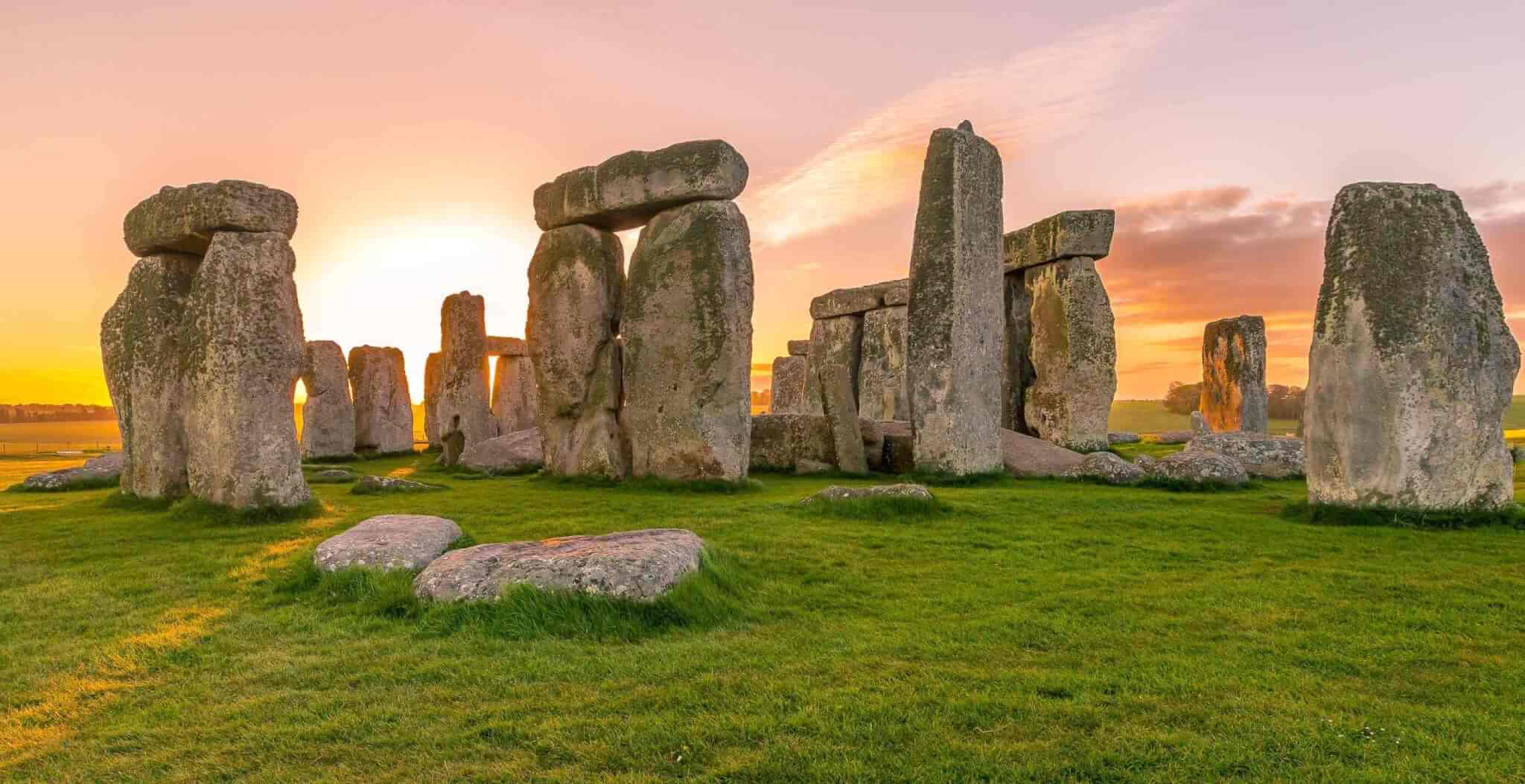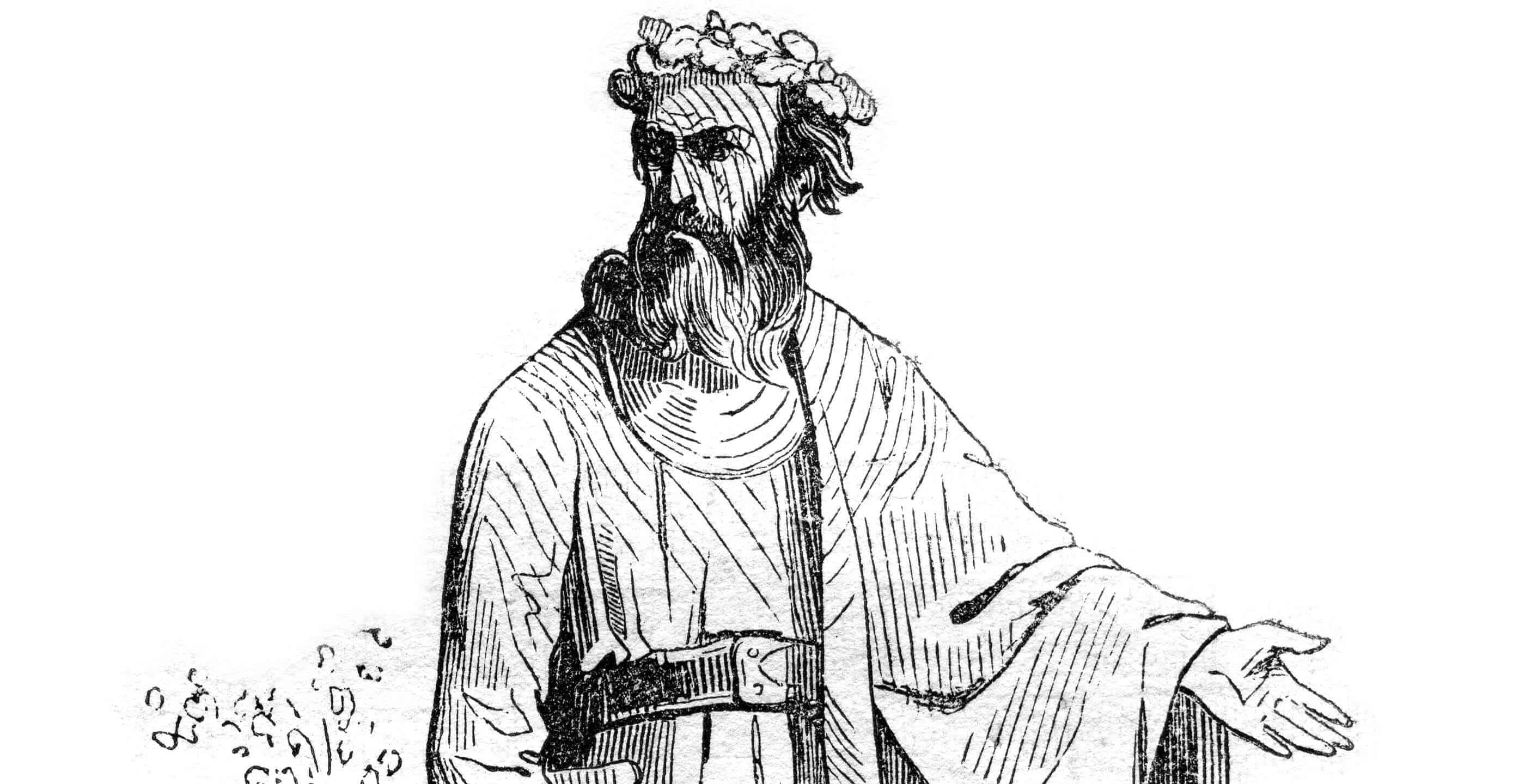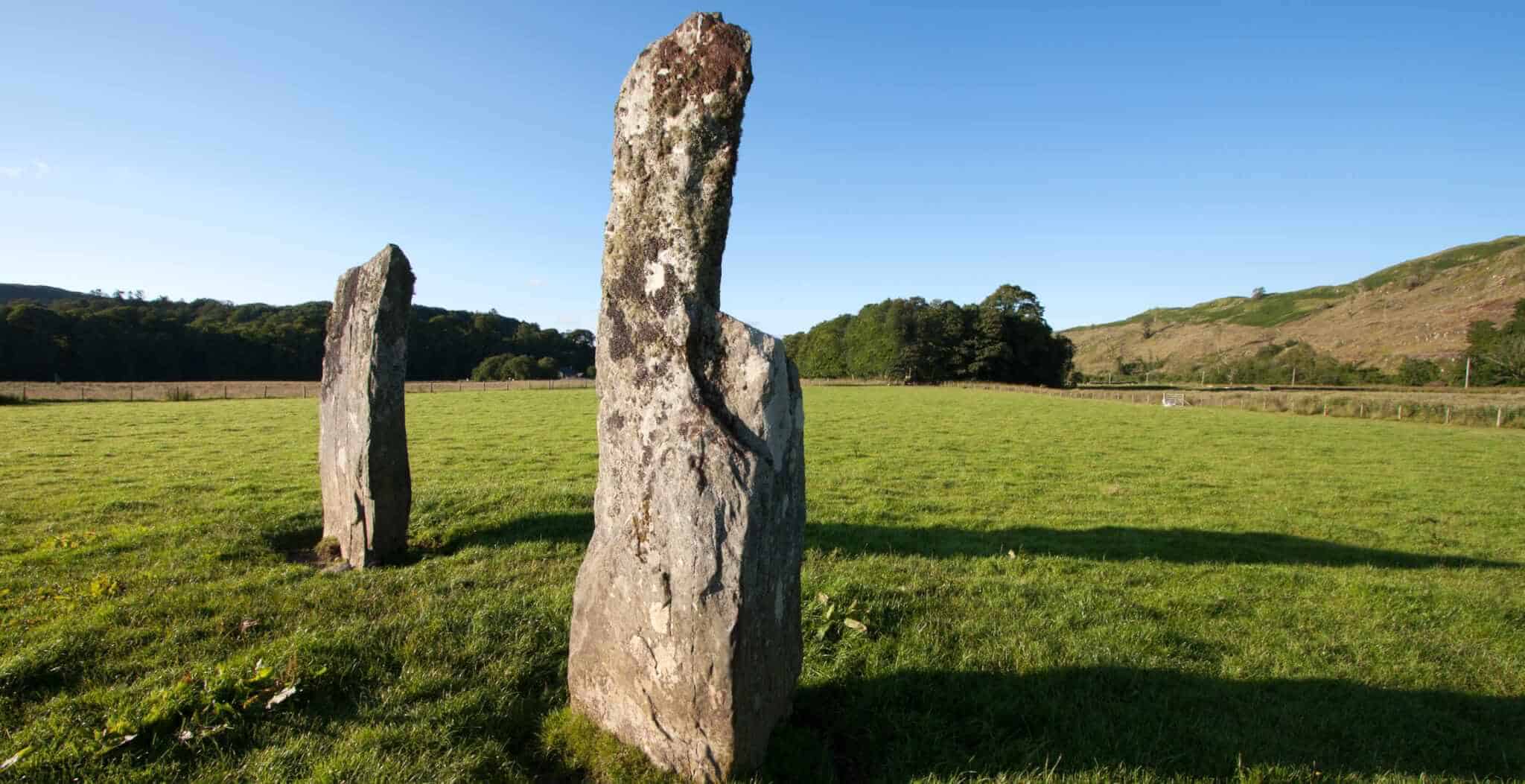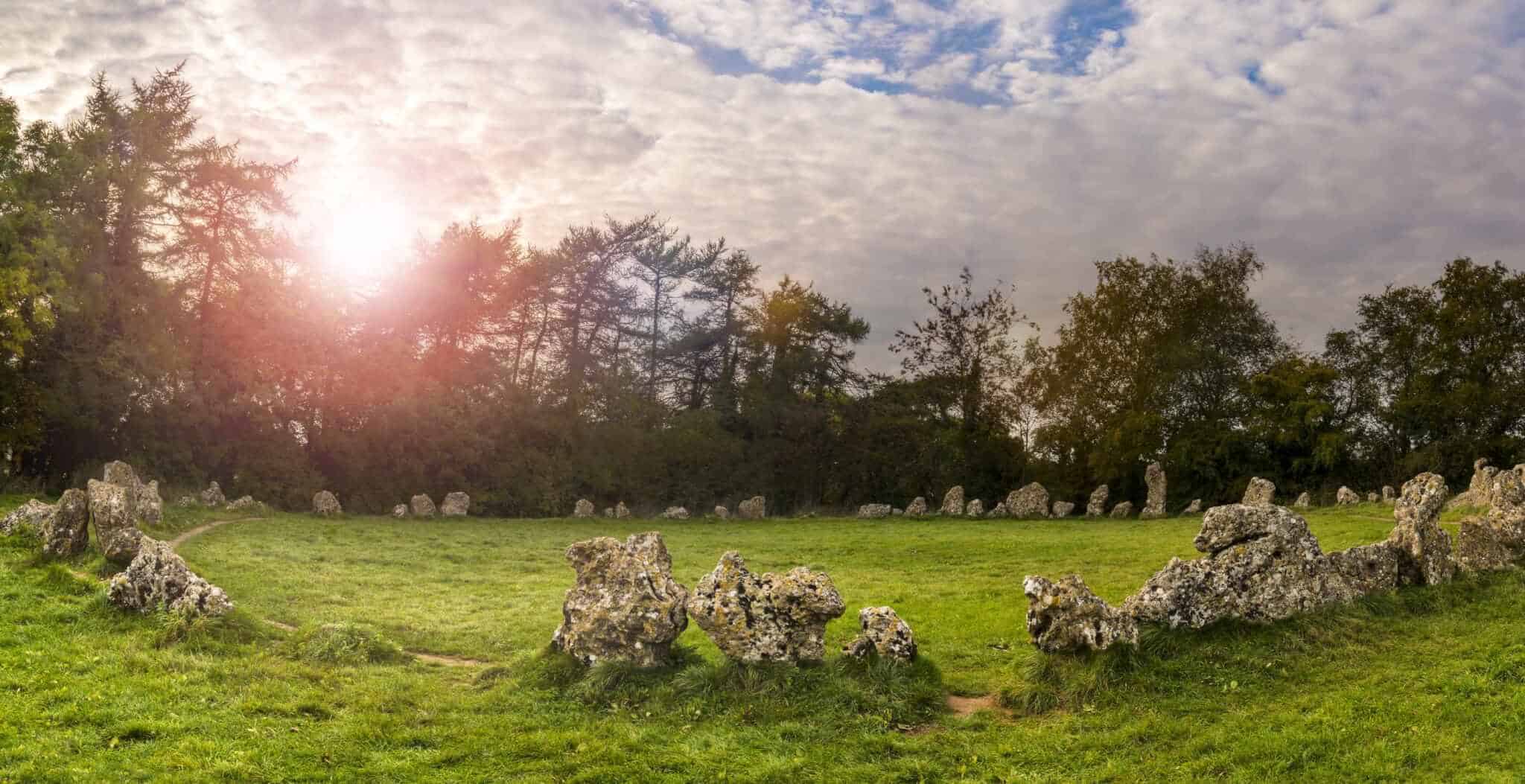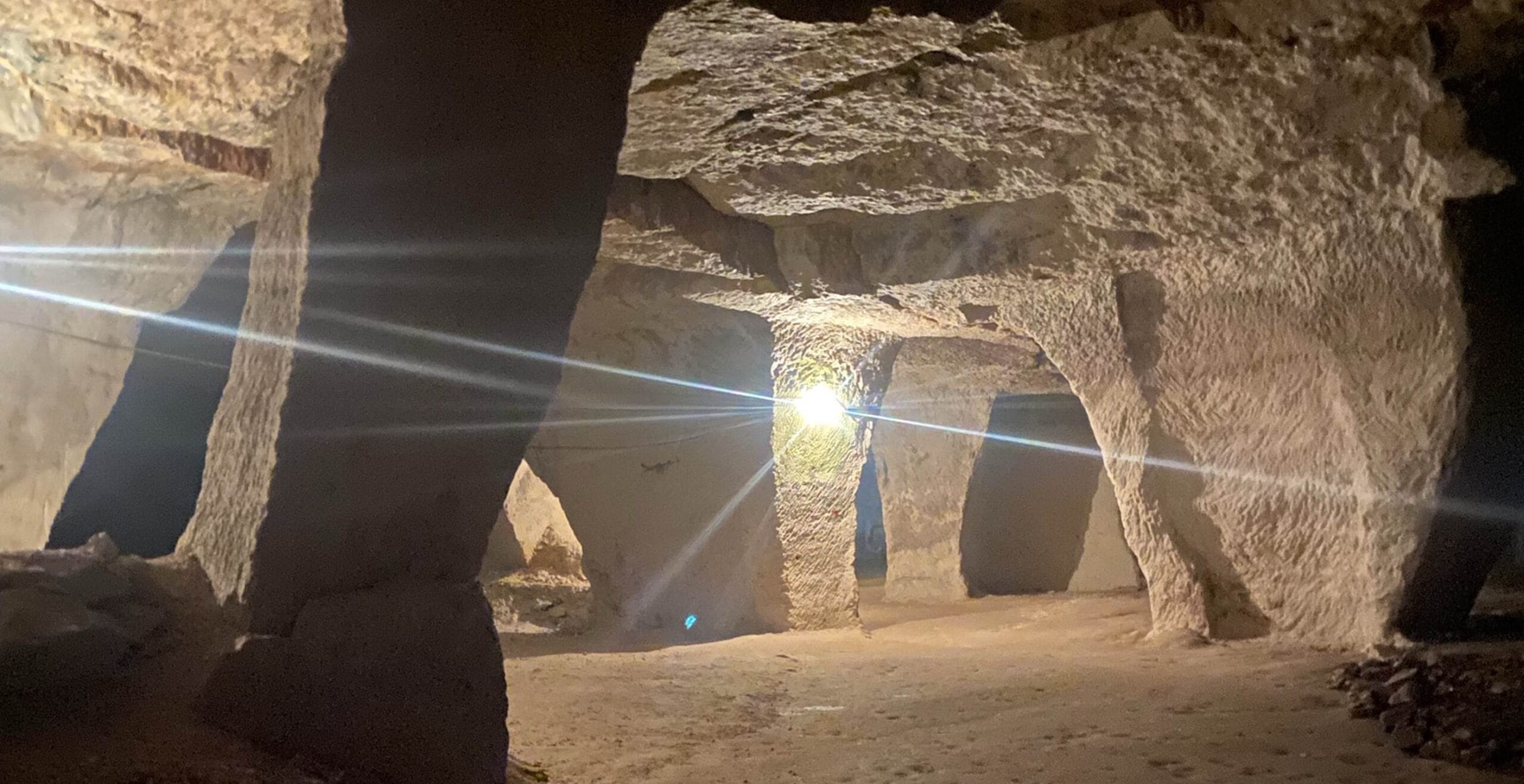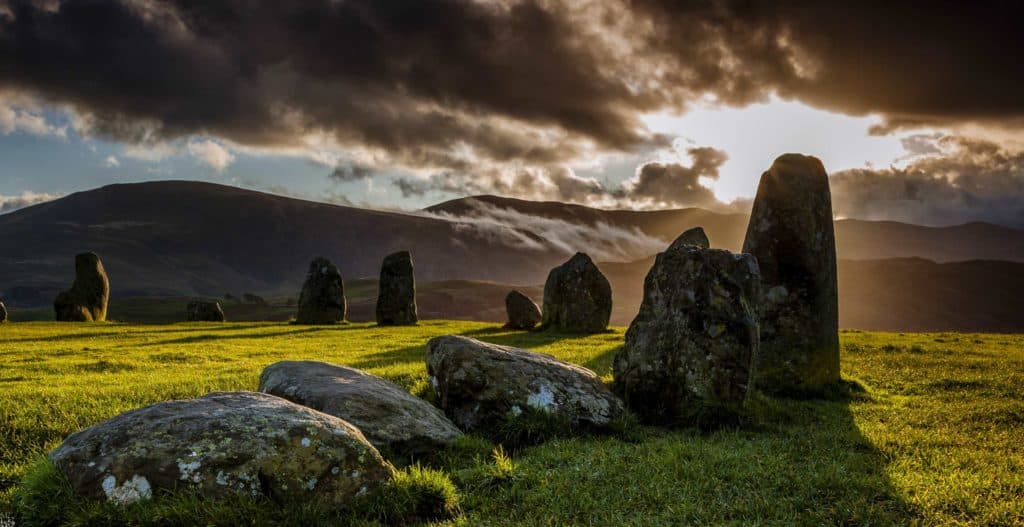Some believe that certain stones can cure illnesses – for example, the 12 o’clock Stone near Nancledra in Cornwall can, it is said, cure children of rickets as long as they are not illegitimate or the offspring of dissolute parents.
Another stone, also in Cornwall, is equally strange. Near Penzance is Madron there is a ring-shaped stone which for centuries has been believed to possess curative powers. If a child is passed through the hole nine times it will be cured of scrofula, rickets and other diseases. Not to be recommended in the depth of winter though!
Suffolk has a very curious stone – it grows! It is called the Blaxhall Stone and it can be found at Stone Farm in Suffolk. It started off a century ago the size of a small loaf but now it weighs 5 tons and may still be growing.
In Scotland near Loch Earn, Perthshire, is a hill called Dunfillan above the town of Comrie. There is a rock seat on the top of the hill called St. Fillan’s Chair. Local people believe that sufferers from rheumatism can be cured if they sit on the chair – and then be hauled down the hillside by their ankles!
In Monmouthshire at Mynyddislwyn, if you are bitten by a mad dog, a piece of stone from this region was ground up into a fine powder and given, in milk, to the victim. Alternatively, the victim was made to lick the stones. They say that these treatments worked!
Not all the stones in Britain have curative powers. In South Wales are the standing stones at St. Nicholas, Glamorgan. These are large standing stones reputedly cursed by the Druids., It is said that if you sleep near them on May-Day’s Eve, St Johns Eve (June 23rd) or Midwinter Eve you will either die, go mad or become a poet!
Stonehenge on Salisbury Plain in Wiltshire is an awe-inspiring sight especially by moonlight and to this day there are still many unanswered questions about this Celtic shrine. Around 2500 BC huge ‘blue’ stones were brought from the Prescelly Mountains in South Wales 200 miles away, by land and sea to form two inner circles. (A thought – how on earth did Celtic Man know where to find them?)
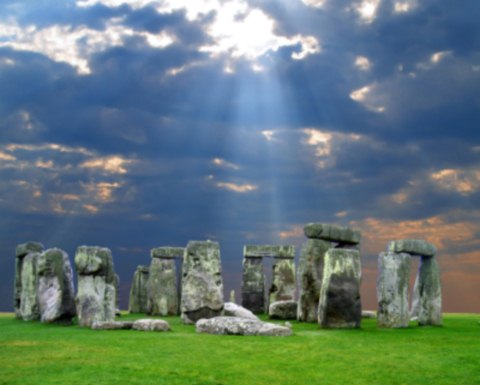
Eight miles north of Stonehenge is the Avebury Stone Circle which is the largest prehistoric monument in Europe also built around 2500 BC (Another thought – why then build another stone circle close by at Stonehenge?)
The Rollright Stones in the Cotswolds are on the boundary between Oxfordshire and Warwickshire and consist of 72 upright stones. There is a legend surrounding these stones – the saying is ‘The man will never live who shall count the stones three times and find the number the same.’
The Hoston Stone in Leicestershire comes with a warning – disaster shall come to any man who attempts to move it! (A double hernia perhaps?)
The Stone of Scone is the stone that is incorporated into into the base of the Coronation Chair in Westminster Abbey. It was brought to the Abbey in 1296 by Edward I and all English kings and queens have been seated over the ‘Stone of Destiny‘ when the actual crowning took place.
Nearly every town or village in Britain seems to have its own special stone, steeped in history or deemed o have magical powers, and these stone remain throughout the centuries never decaying, always there!
